HPE partners with AMD for El Capitan nuclear weapons supercomputer
The system, set to protect the US nuclear stockpile, will boast performance greater than two exaflops


HPE has recruited chipmaker AMD to build components for a staggeringly high-performance supercomputer system that’s being designed to support and maintain the security of the US nuclear stockpile.
El Capitan, which is expected to be activated in 2023, will use AMD’s CPUs and GPUs to reach two exaflops of power, which HPE claims is more powerful than today’s 200 most powerful supercomputers combined.
The system, powered by HPE subsidiary Cray’s Shasta architecture, has been commissioned by the US Department of Energy to service the National Nuclear Security Administration (NNSA).
El Capitan will be used by three NNSA national laboratories to enable advanced simulation and modelling to support the nuclear stockpile.
“As an industry and as a nation, we have achieved a major milestone in computing,” said HPE’s senior VP and GM for HPC and mission critical solutions (MCS), Peter Ungaro.
“HPE is honoured to support the U.S. Department of Energy and Lawrence Livermore National Laboratory in a critical strategic mission to advance the United States’ position in security and defense.
“The computing power and capabilities of this system represent a new era of innovation that will unlock solutions to society’s most complex issues and answer questions we never thought were possible.”
Get the ITPro daily newsletter
Sign up today and you will receive a free copy of our Future Focus 2025 report - the leading guidance on AI, cybersecurity and other IT challenges as per 700+ senior executives
The supercomputer will undergo complex and time-consuming 3D exploratory simulations for NNSA missions that today’s most powerful machines aren’t currently able to perform.
It’ll also give researchers the opportunity to explore a host of new applications for data-intensive workloads, from simulation to analytics, as well as using AI to support future missions.
As per the partnership, AMD will contribute its EPYC processors, dubbed ‘Genoa’, which features the Zen 4 processor core, as well as its next-generation AMD Radeon Instinct GPUs, based on a new architecture.
El Captian will also be fitted with the 3rd-gen AMD Infinity Architecture, which will provide high-bandwidth and low-latency connections between the CPUs and GPUs.
The announcement follows HPE’s acquisition of supercomputing behemoth Cray last year, with the company seeking to reach further into the enterprise hardware market.

Keumars Afifi-Sabet is a writer and editor that specialises in public sector, cyber security, and cloud computing. He first joined ITPro as a staff writer in April 2018 and eventually became its Features Editor. Although a regular contributor to other tech sites in the past, these days you will find Keumars on LiveScience, where he runs its Technology section.
-
 Bigger salaries, more burnout: Is the CISO role in crisis?
Bigger salaries, more burnout: Is the CISO role in crisis?In-depth CISOs are more stressed than ever before – but why is this and what can be done?
By Kate O'Flaherty Published
-
 Cheap cyber crime kits can be bought on the dark web for less than $25
Cheap cyber crime kits can be bought on the dark web for less than $25News Research from NordVPN shows phishing kits are now widely available on the dark web and via messaging apps like Telegram, and are often selling for less than $25.
By Emma Woollacott Published
-
 Magnetic tape storage has found a new lease of life with a record 152.9 exabytes shipped worldwide in 2023 — and the rise of generative AI is a key factor
Magnetic tape storage has found a new lease of life with a record 152.9 exabytes shipped worldwide in 2023 — and the rise of generative AI is a key factorNews Magnetic tape storage is back in vogue thanks to the rise of generative AI and ransomware, according to new research
By Steve Ranger Published
-
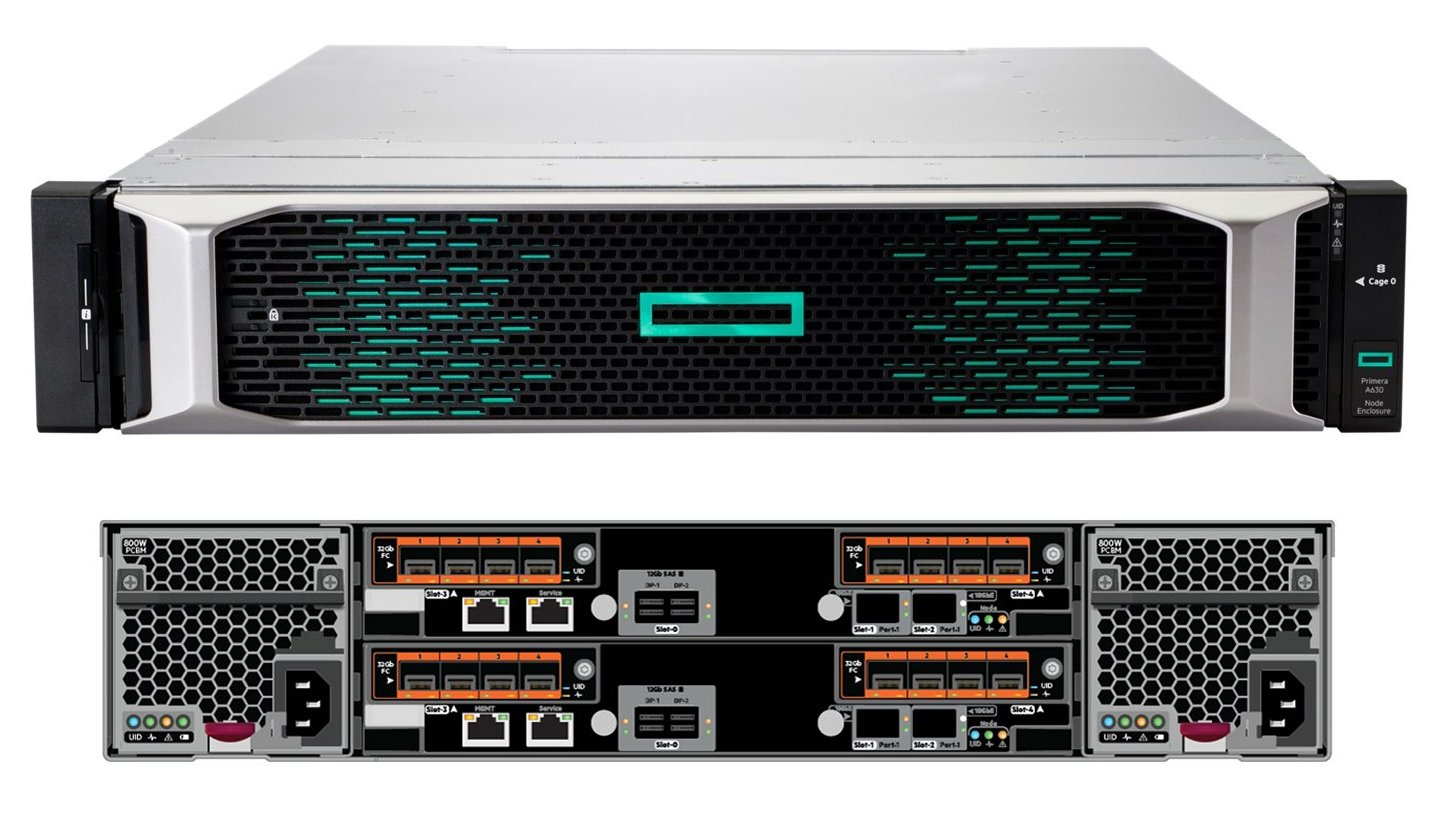 HPE Primera A630 review: 100% storage uptime with no excuses
HPE Primera A630 review: 100% storage uptime with no excusesReviews A powerful all-Flash array that ticks all the right boxes for Tier-0 storage
By Dave Mitchell Published
-
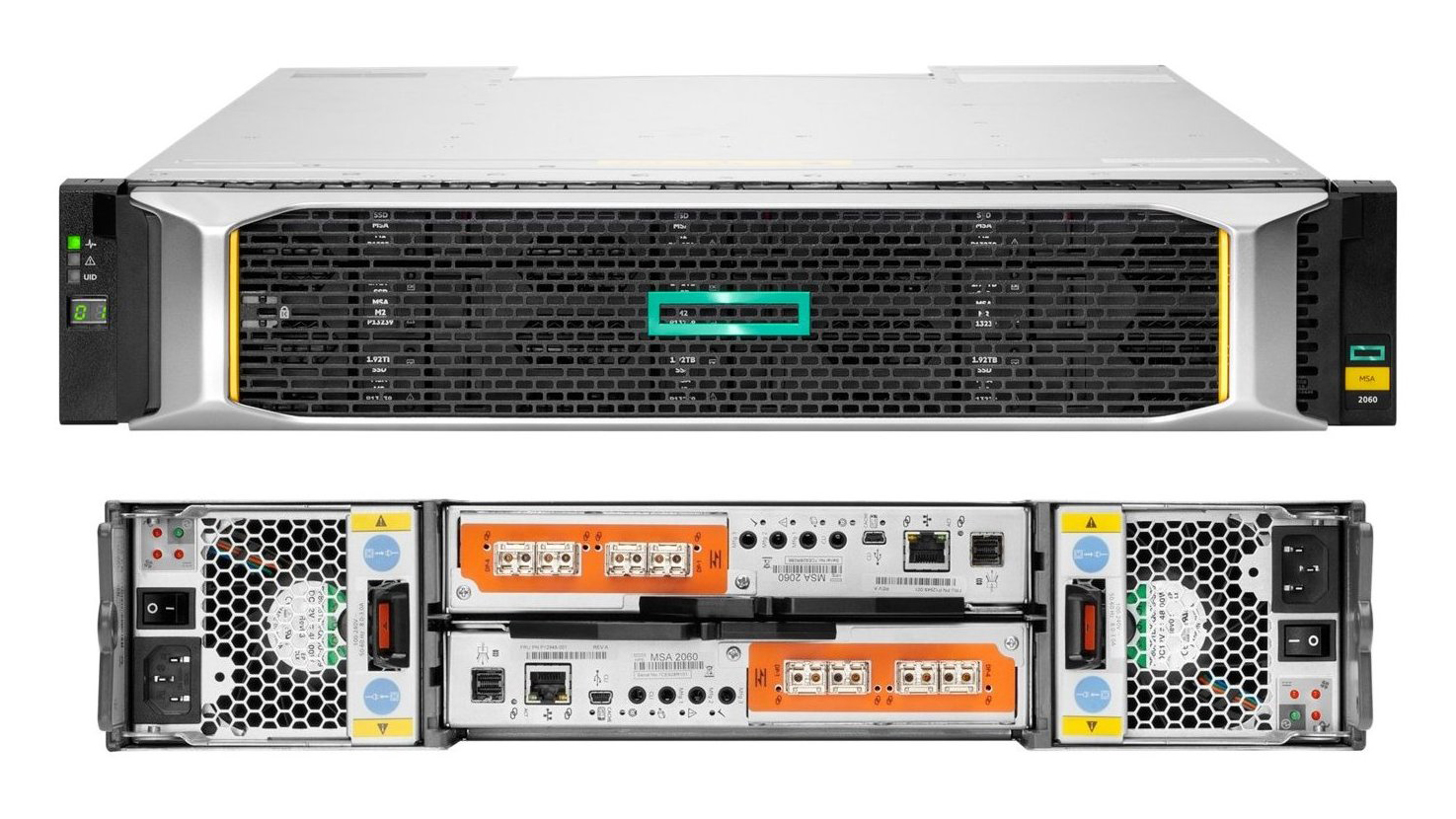
 HPE MSA 2060 Storage review: Storage tiering for dummies
HPE MSA 2060 Storage review: Storage tiering for dummiesReviews HPE’s affordable Gen6 MSA 2060 array boosts storage performance for SMBs
By Dave Mitchell Published
-
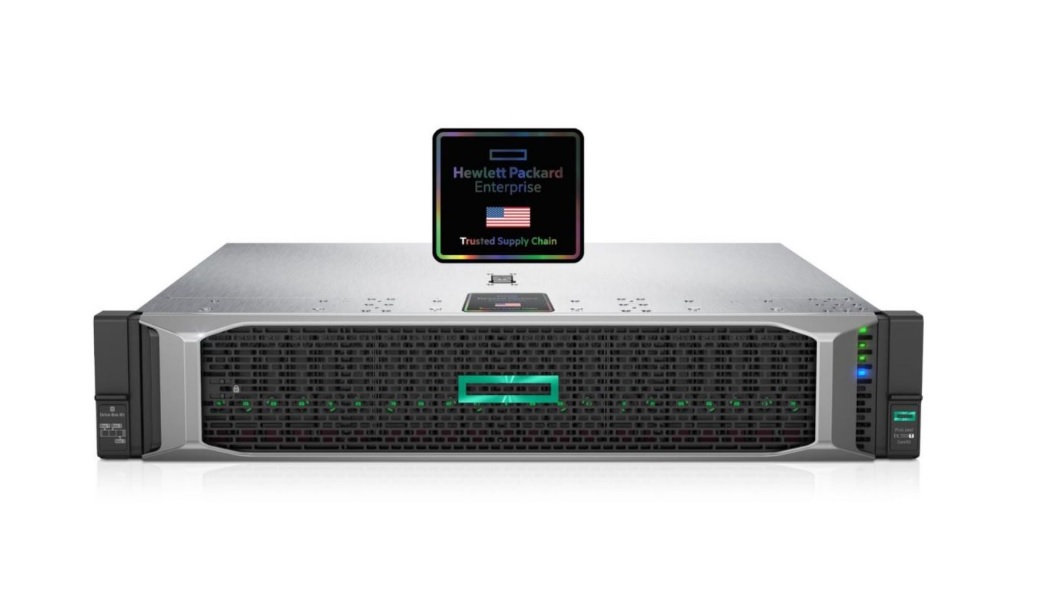 HPE to offer the world’s most secure US-built servers
HPE to offer the world’s most secure US-built serversNews HPE also plans to launch a made-in-Europe program in 2021
By ITPro Published
-
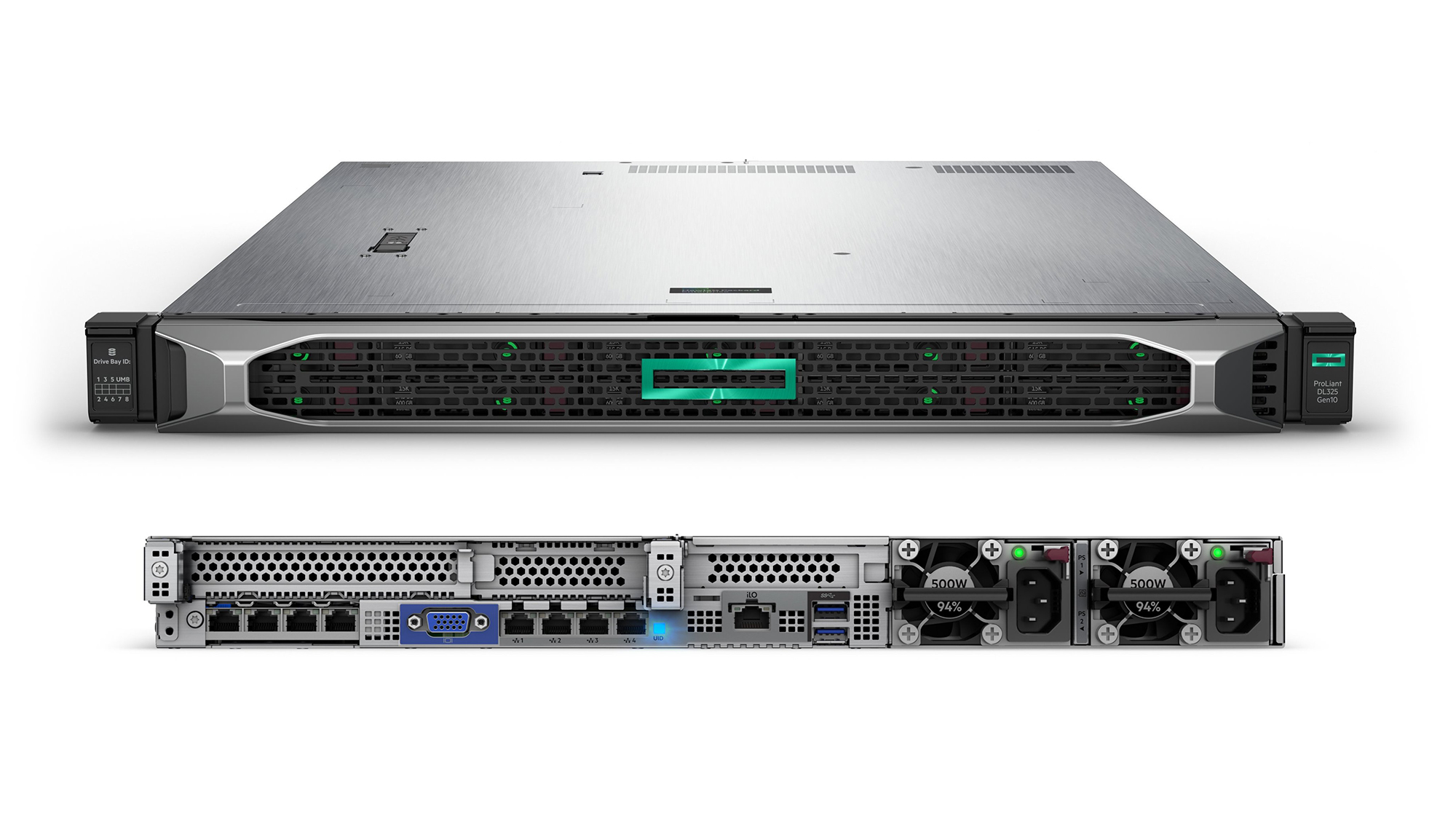
 HPE ProLiant DL325 Gen10 review: An EPYC-powered stunner
HPE ProLiant DL325 Gen10 review: An EPYC-powered stunnerReviews HPE’s ProLiant DL325 Gen10 delivers affordable 2P performance in a 1P server
By Dave Mitchell Published
-
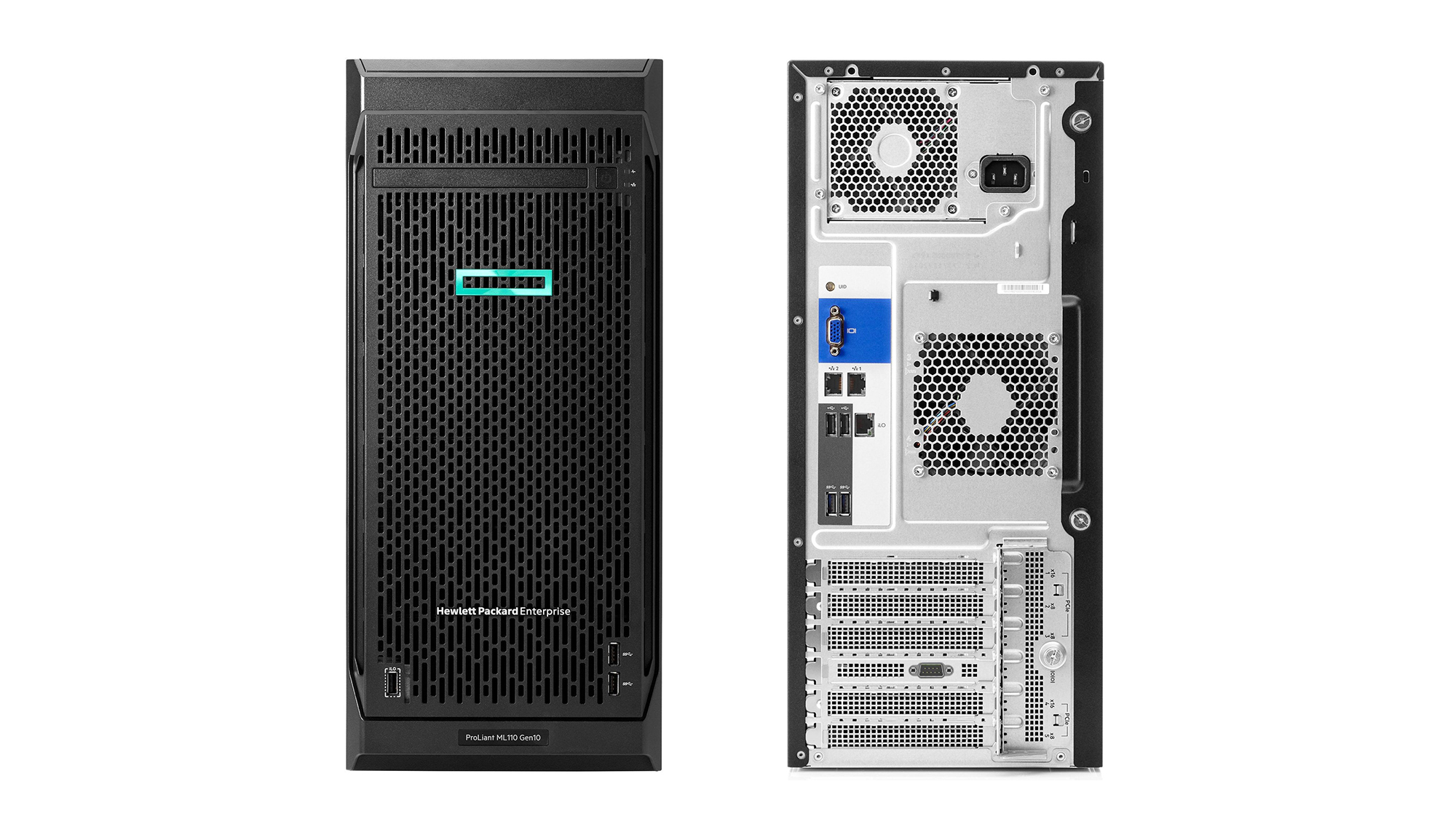
 HPE ProLiant ML110 Gen10 review: A tower of power
HPE ProLiant ML110 Gen10 review: A tower of powerReviews HPE brings Xeon Scalable processing within the reach of small businesses
By Dave Mitchell Published
-
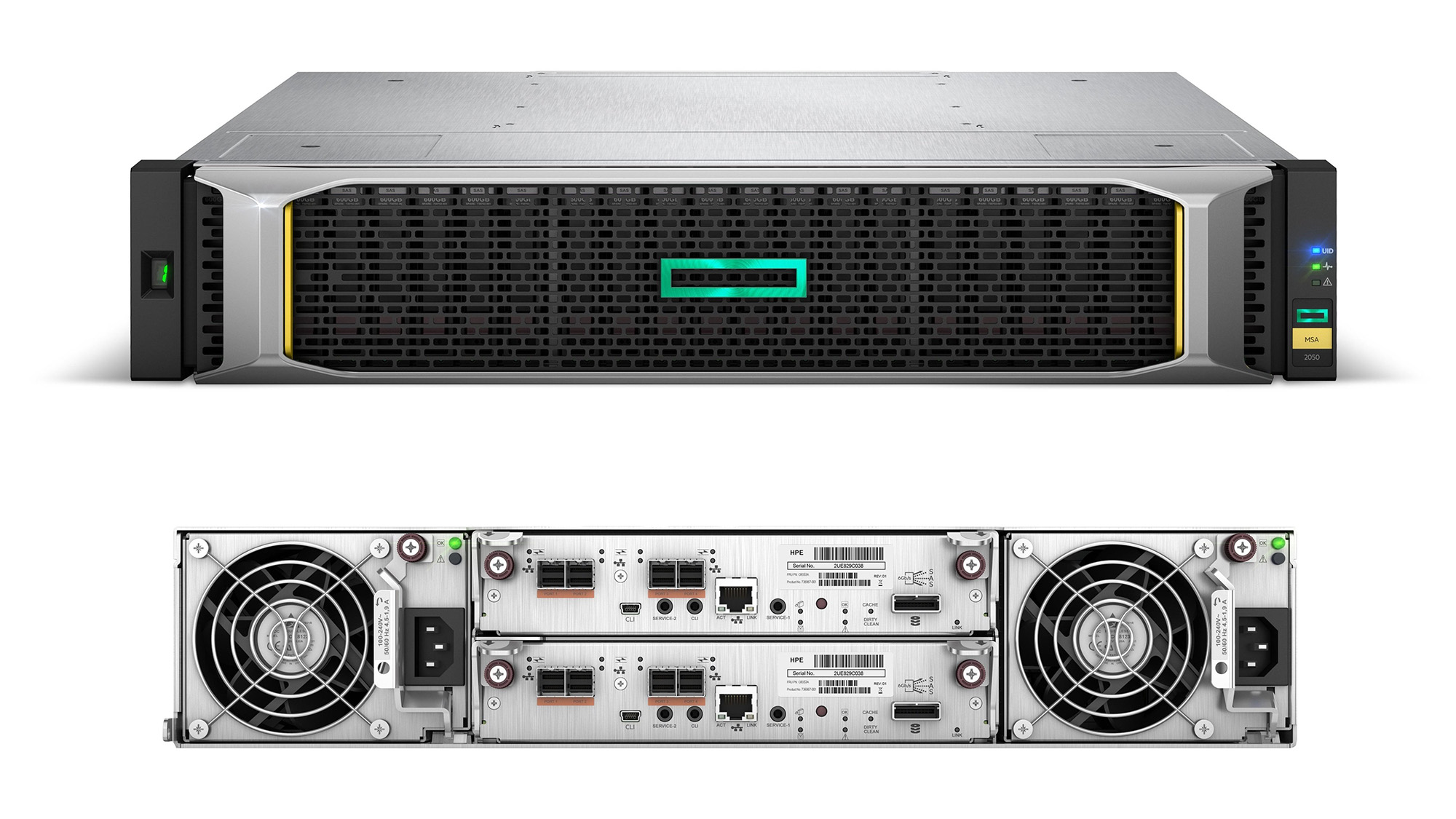
 HPE MSA 2052 Storage review
HPE MSA 2052 Storage reviewReviews HPE’s Gen5 MSA 2052 doubles storage performance for SMBs at no extra cost
By Dave Mitchell Published
-
 HPE demonstrates memory-driven computing with The Machine
HPE demonstrates memory-driven computing with The MachineNews Proof of concept improves performance and efficiency, company claims
By Jane McCallion Published